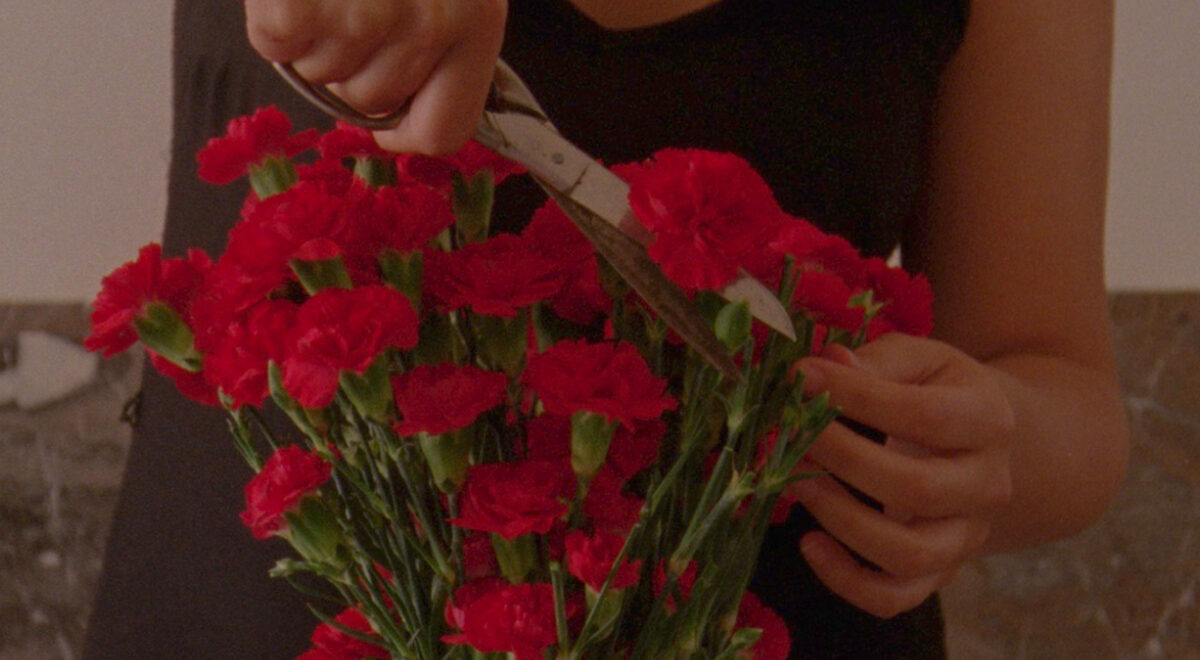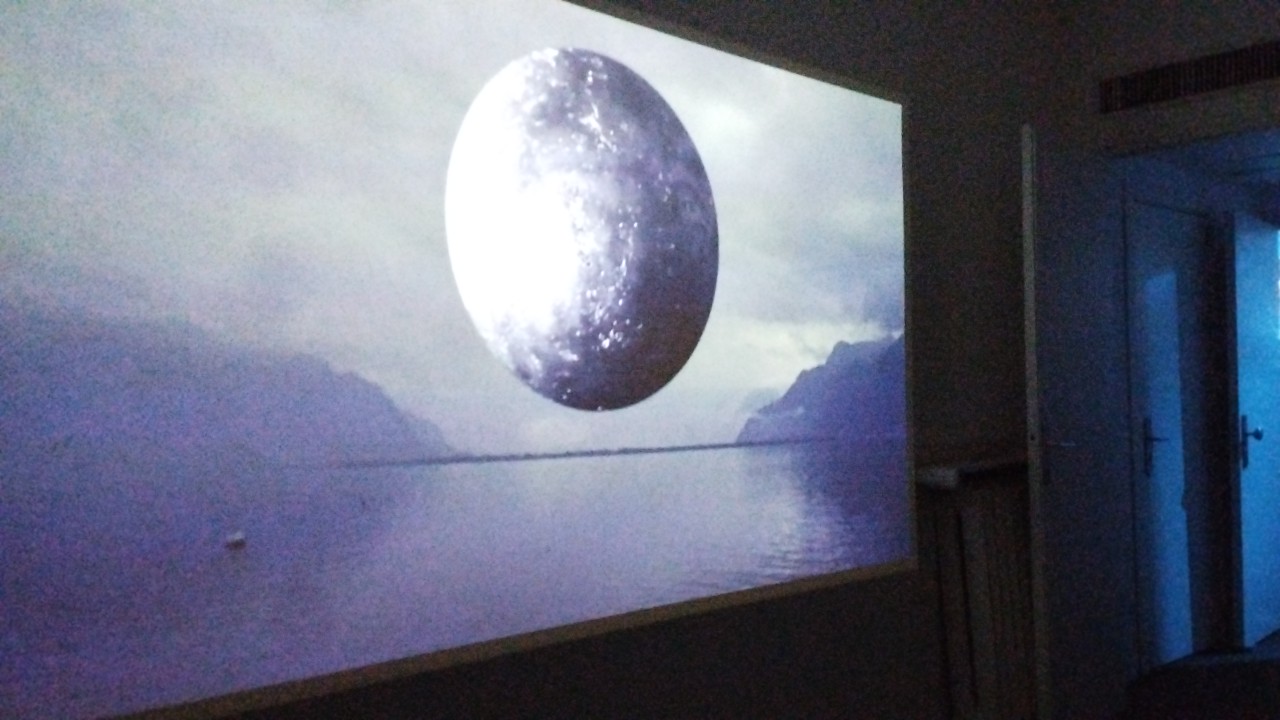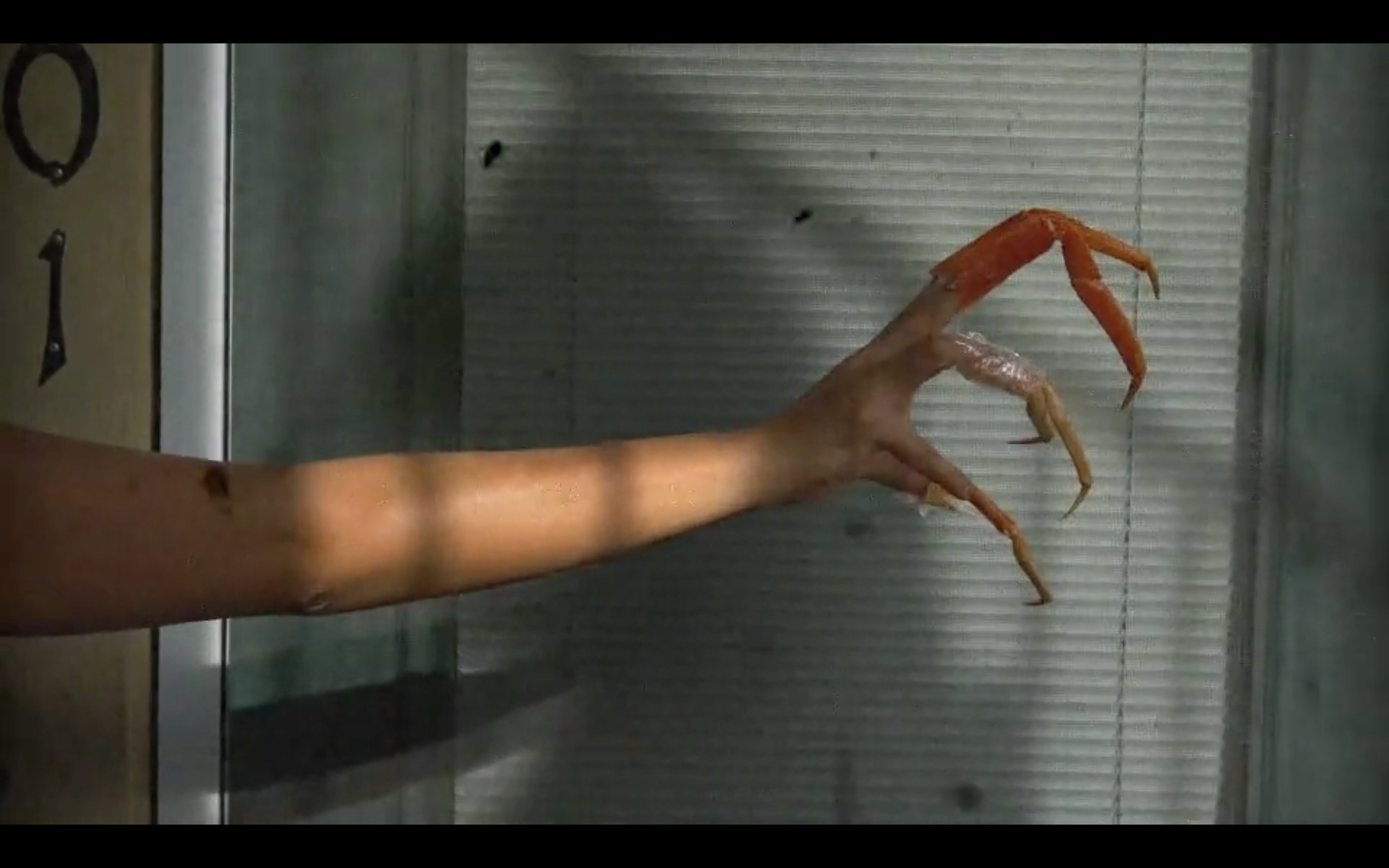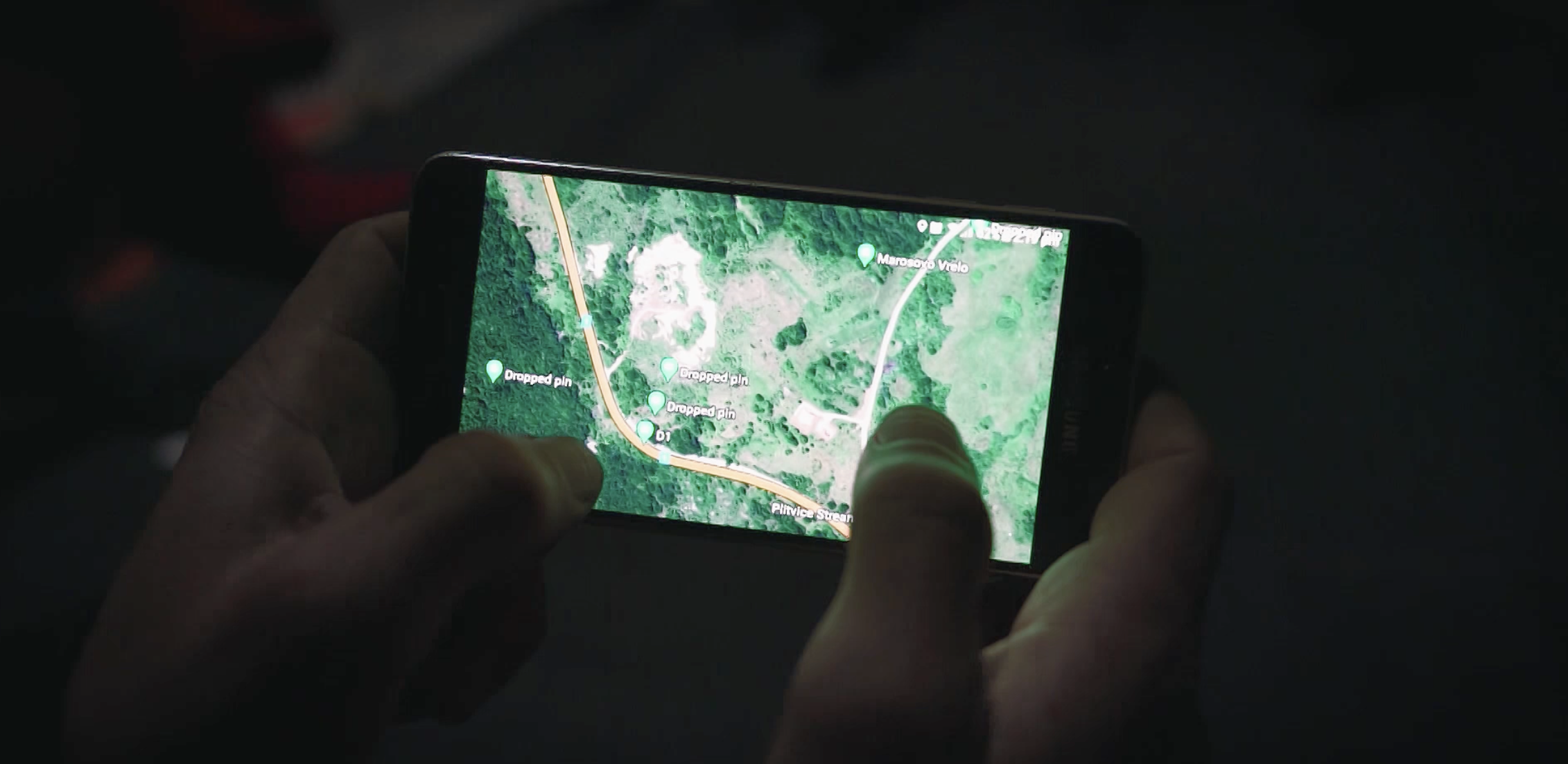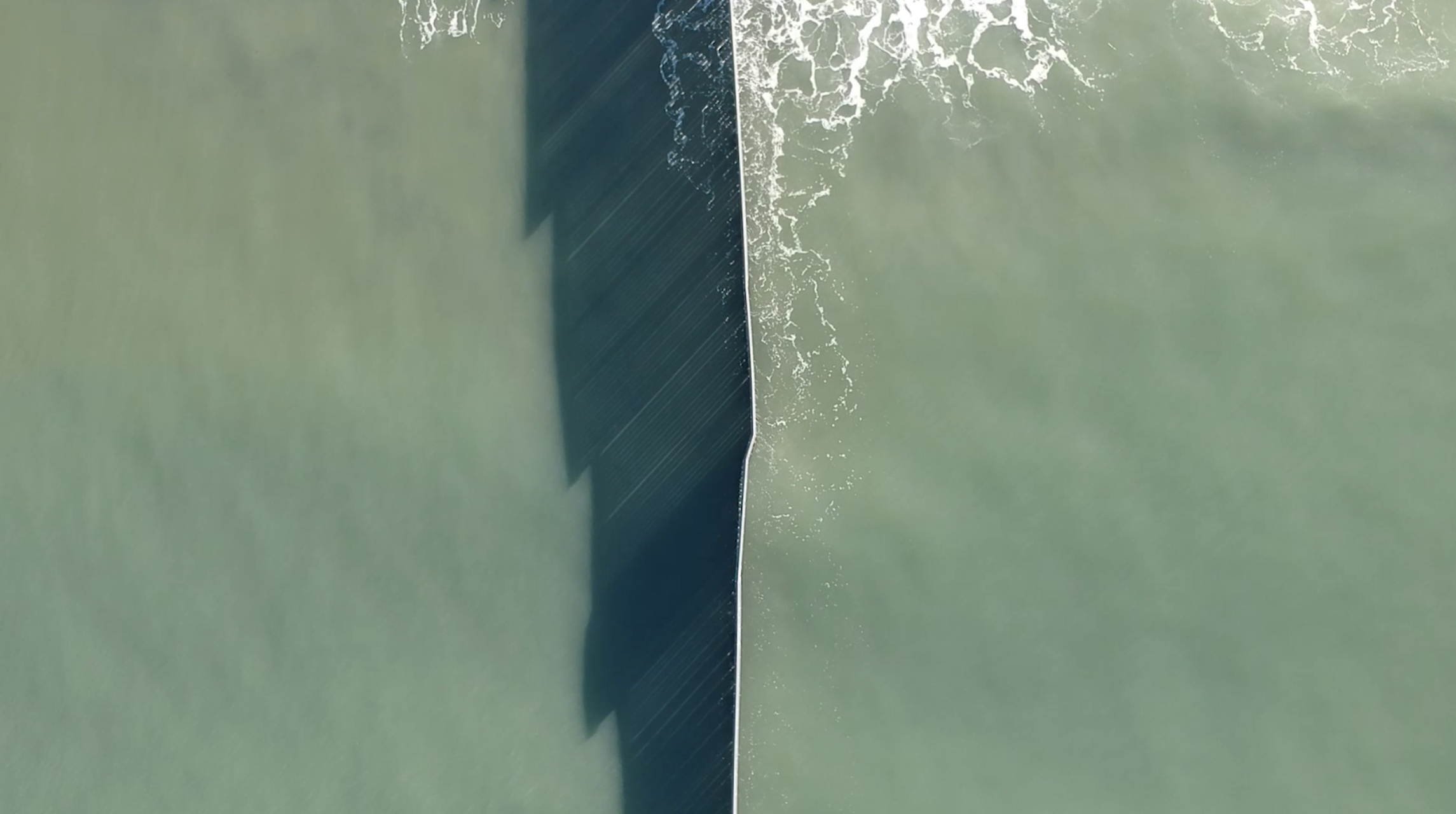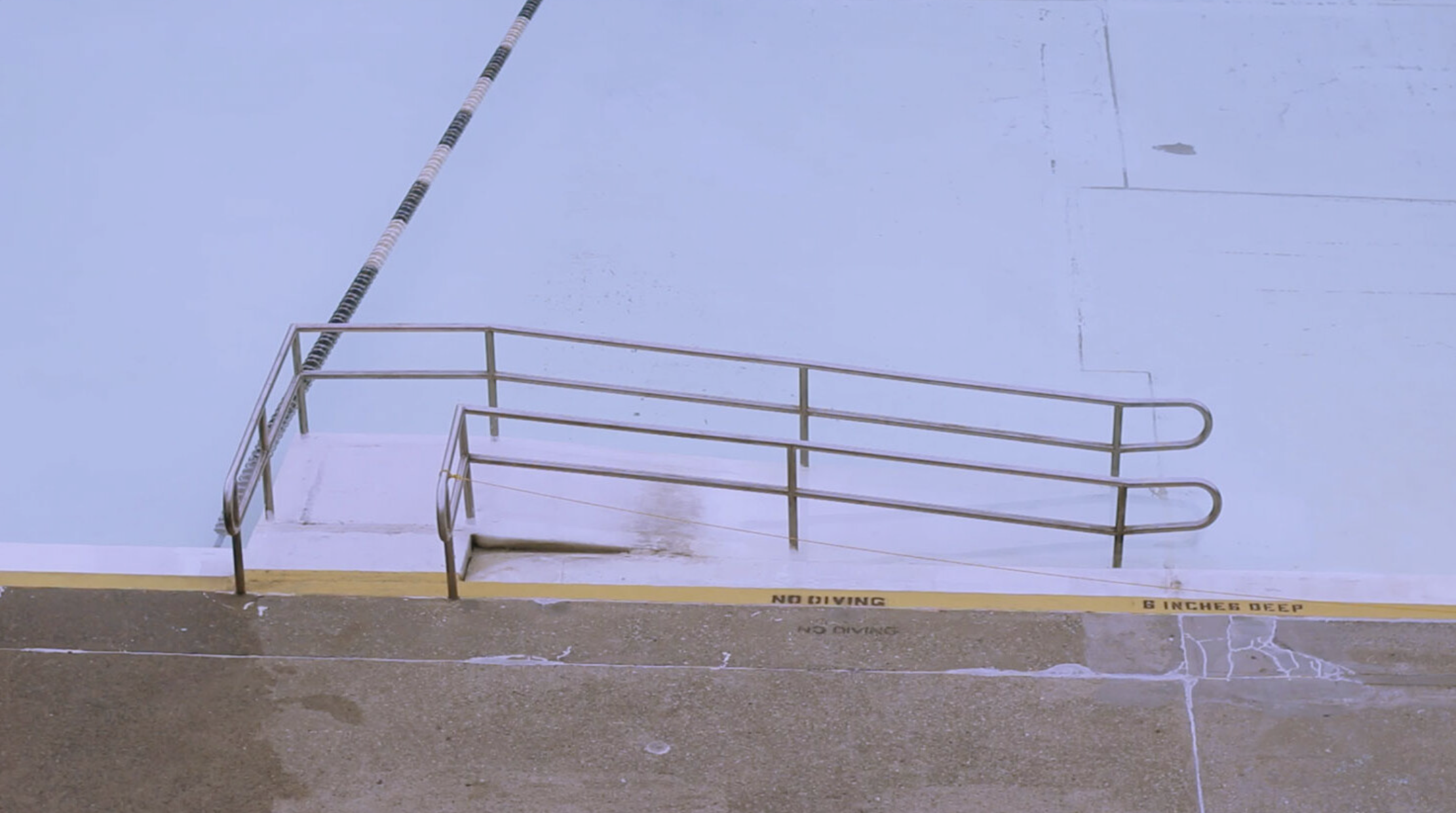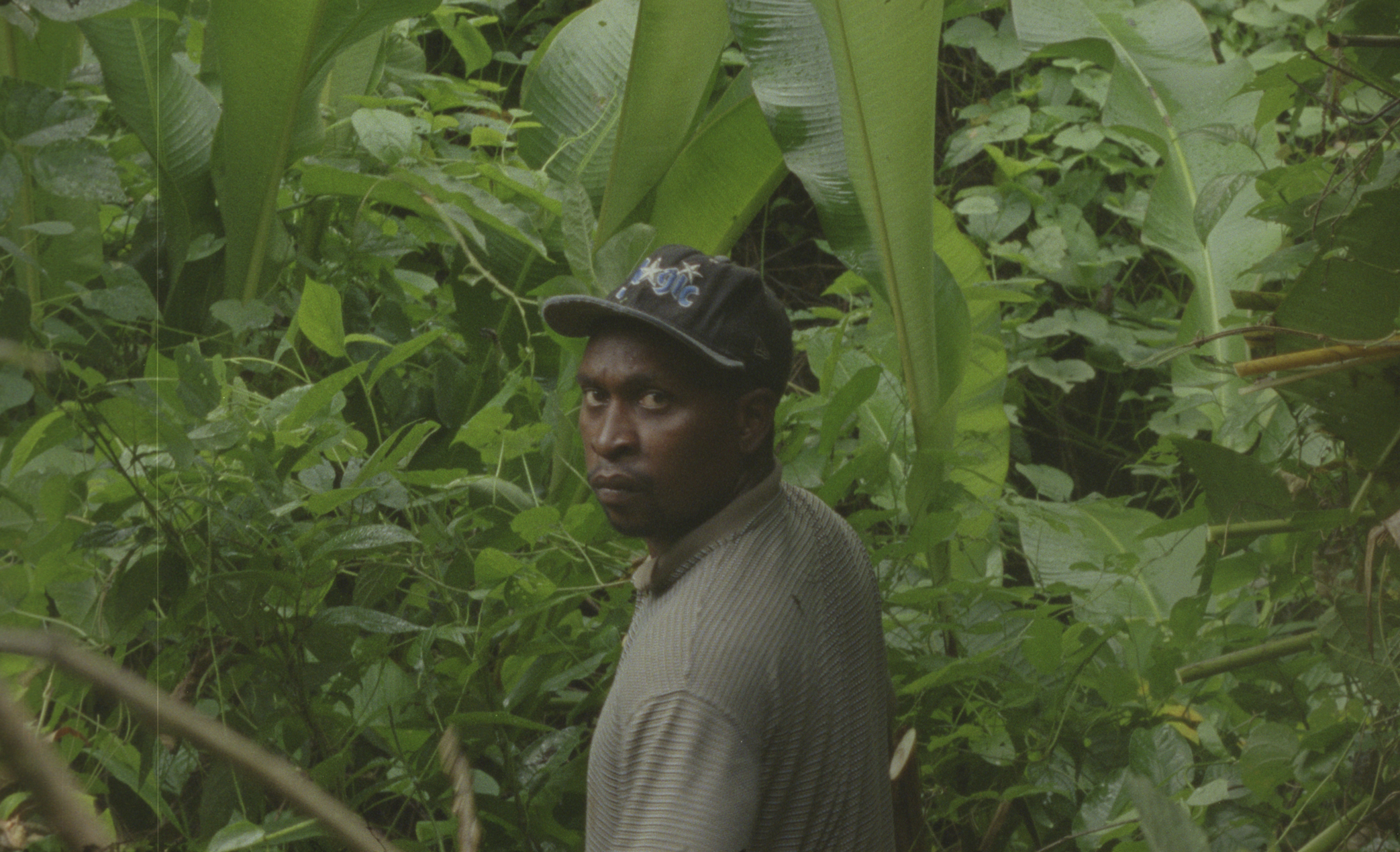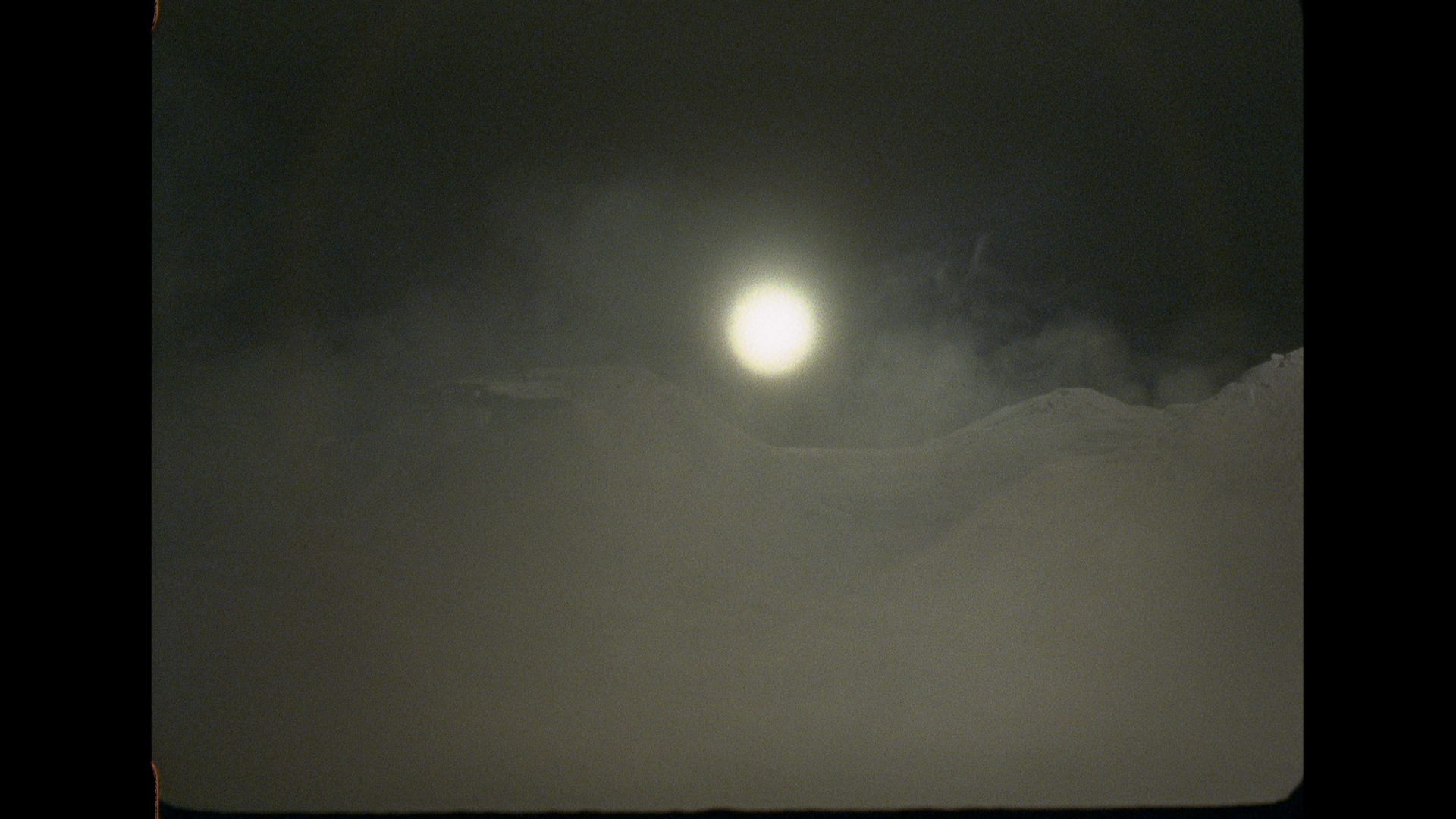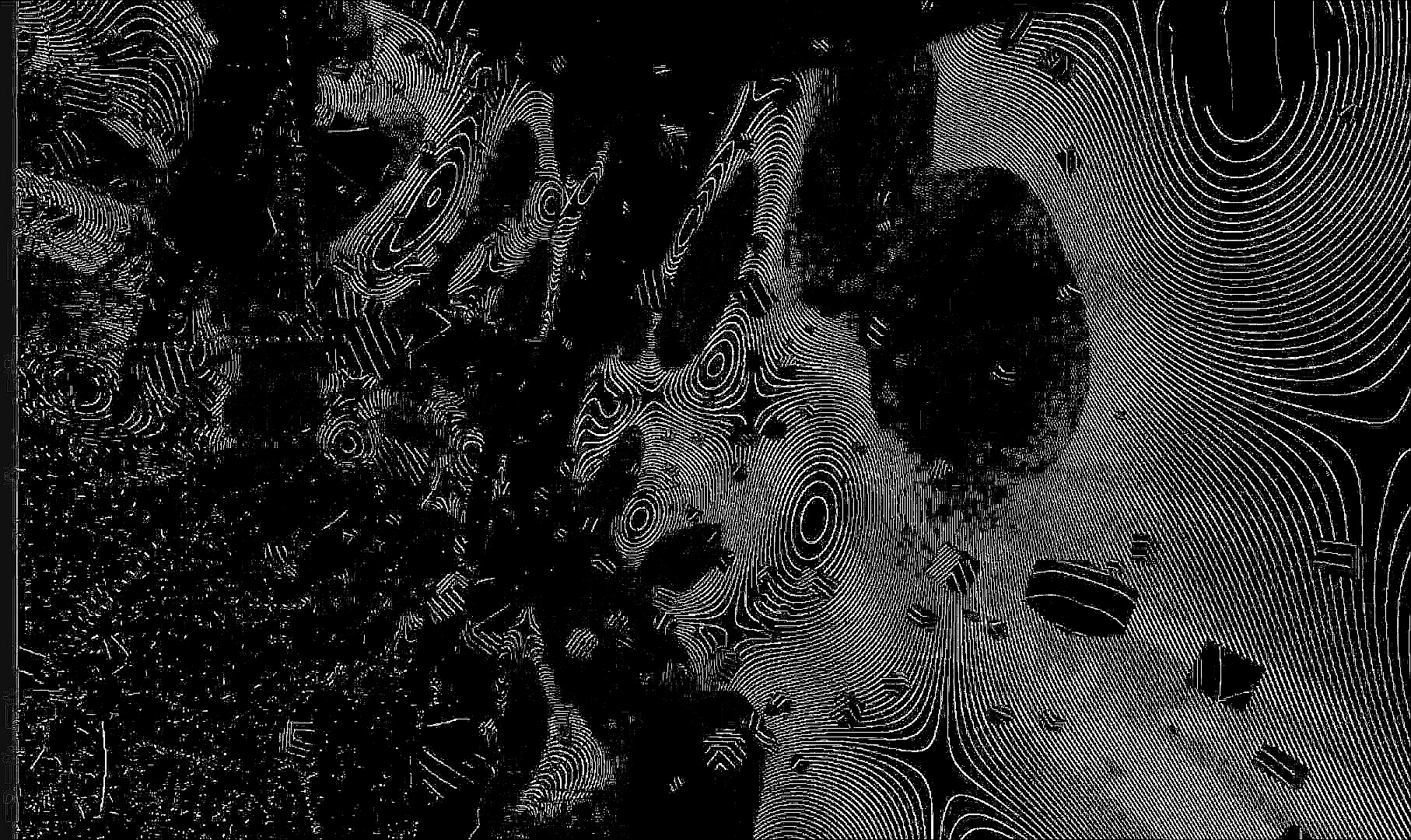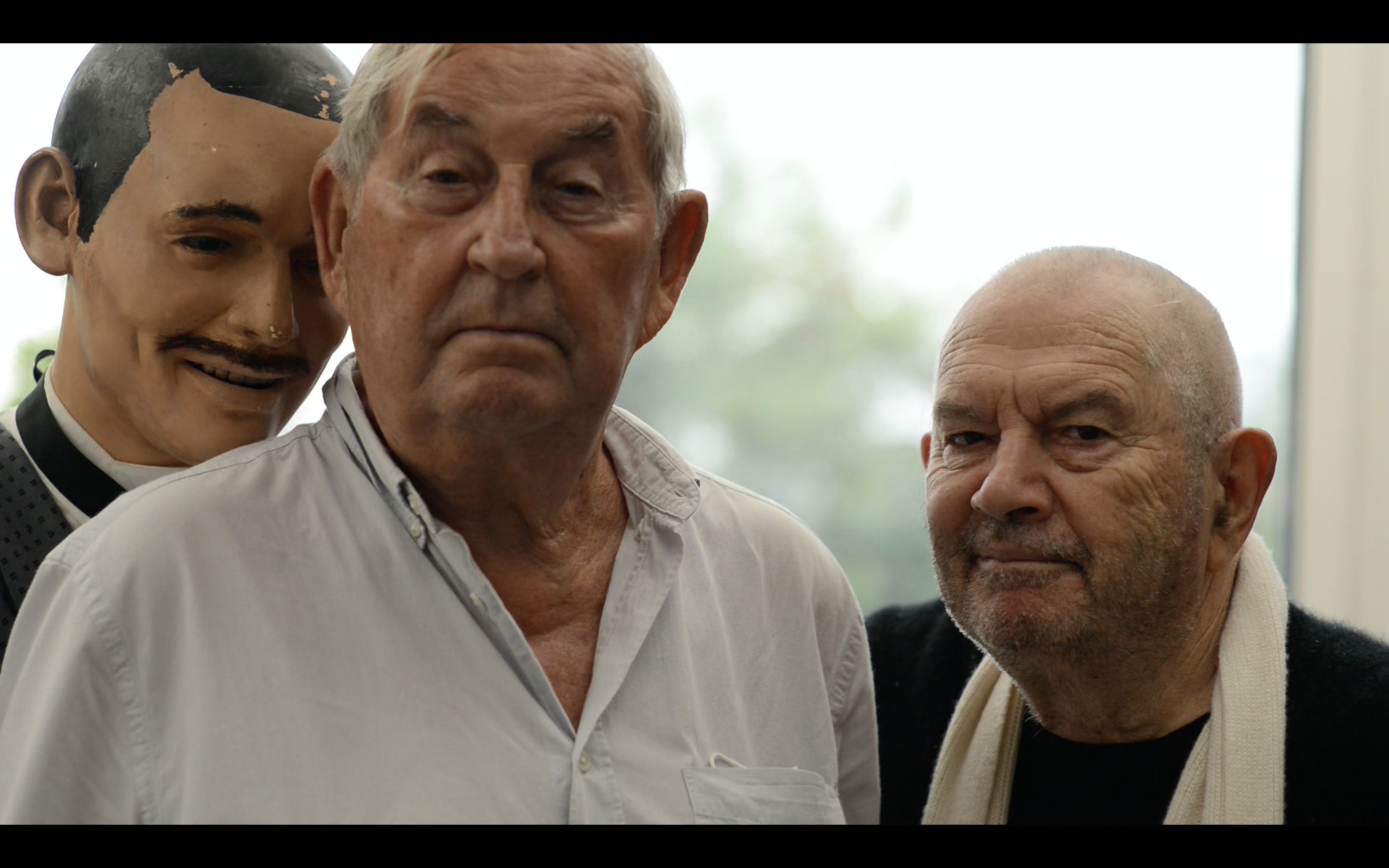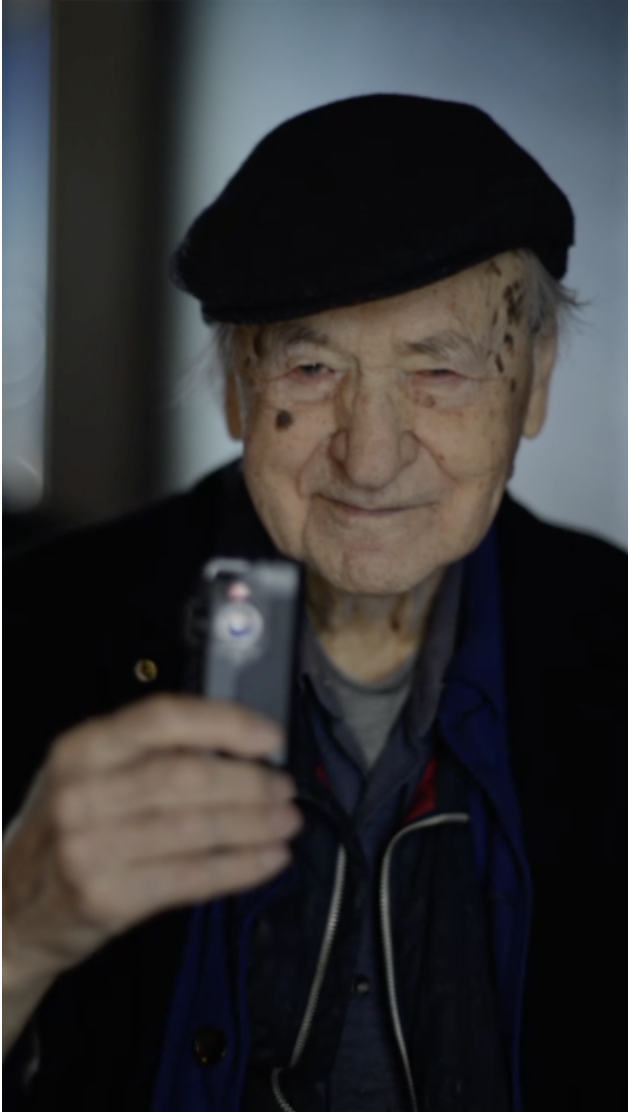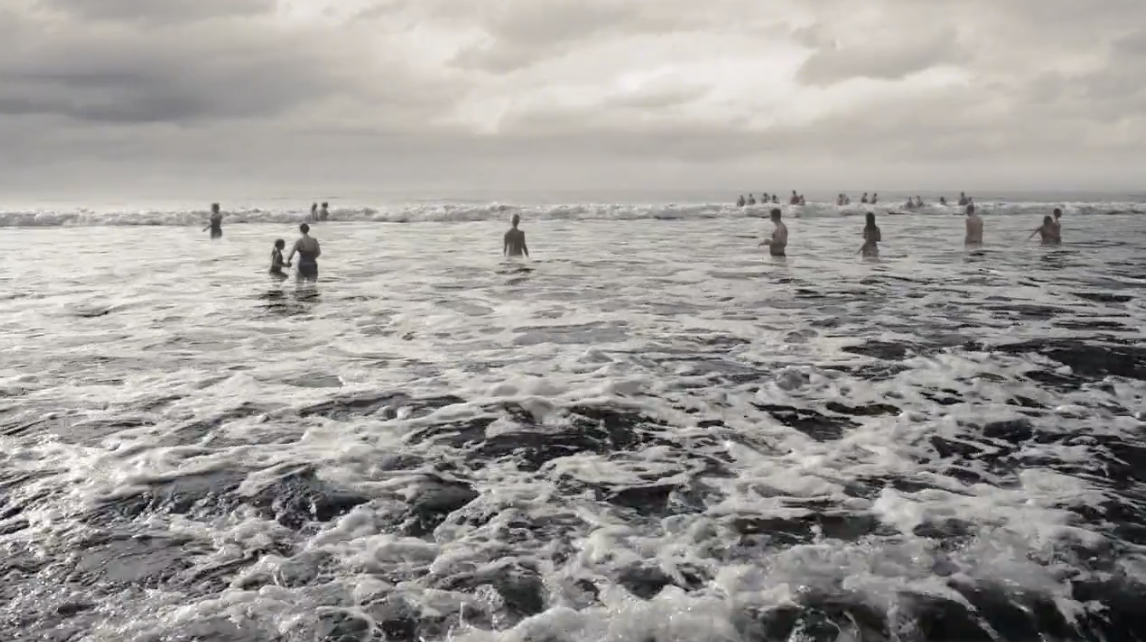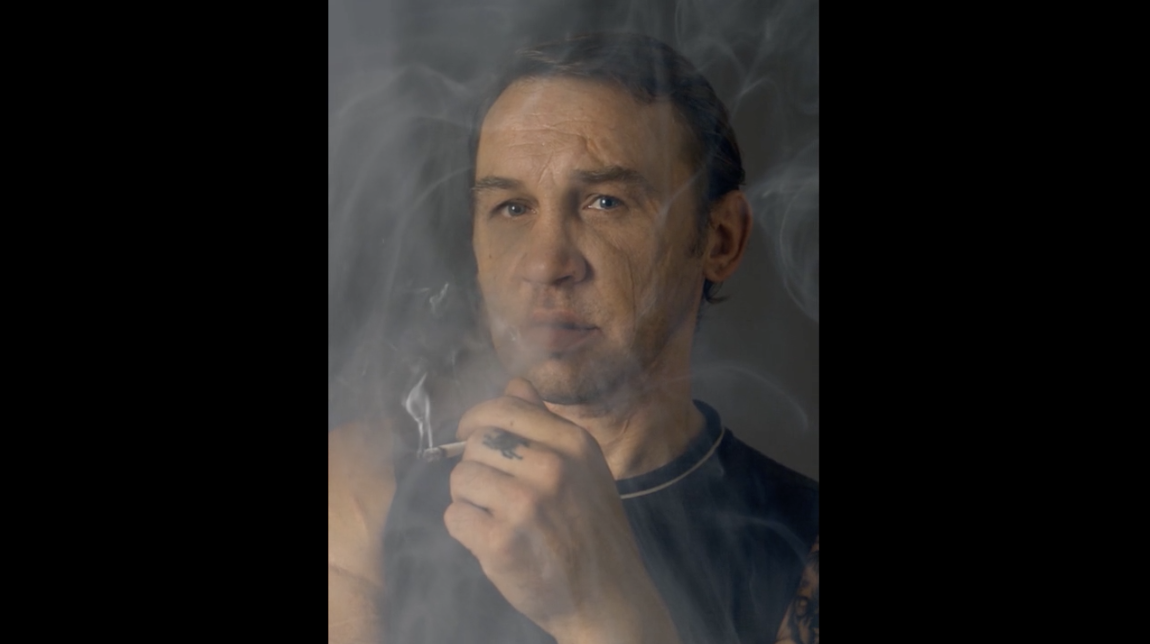VšI Šiuolaikiniai meno projektai / Contemporary Art Projects by Julia Palmeirao Lituanie
In Audra Vau’s thought-provoking work « Stagnation, » we delve into the profound sense of alienation that characterizes our modern world. Despite living in an era of unprecedented technological connectivity, we often find ourselves estranged and detached from one another in the physical realm. This pervasive alienation arises from a noticeable absence of genuine human interaction, a diminishing ability to forge deep emotional connections, and an overreliance on superficial online exchanges.
The central theme revolves around the loss of connection, and this loss operates on multiple levels. It’s not just about people failing to engage with one another on a personal level, but also about their detachment from the natural world surrounding them. The metaphor of moving water symbolizes the relentless flow of life, experiences, and emotions that continue to pass us by while we remain oblivious to their significance.
Many individuals now prefer virtual communication over face-to-face interactions, which leads to a breakdown in genuine human connection. Social media platforms, despite offering a semblance of connection, can paradoxically isolate individuals from the real world.
As people become increasingly self-absorbed and detached from one another, they begin to lose their capacity for empathy. In an era where empathy and understanding are vital for building meaningful relationships and addressing societal challenges, this emotional disconnection carries far-reaching consequences.
In the video installation « Stagnation, » we see a fluctuating ocean and hear children’s laughter – as if it transports our thoughts to the pleasant, carefree memories of childhood summers. The mention of children’s laughter and wistful memories of carefree childhood summers implies a deep nostalgia for simpler, more authentic times. It underscores a longing for a return to genuine human interactions and a deeper connection to the world around us.
Ultimately, « Stagnation » serves as a cautionary tale about the potential negative consequences of our current societal trajectory. It suggests that if we persist in prioritizing self-centeredness, virtual interactions, and emotional detachment, we risk losing touch with the essence of life, empathy, and our ability to forge meaningful connections with one another.
In essence, « Stagnation » invites us to reflect on these critical issues and their implications for our personal lives and society as a whole.
/
Audra Vau is a creator of Lithuanian transdisciplinary art. She started her career as a photographer, in 2000 she joined the world of contemporary art as a creator of photography, video art and sculpture. The artist creates, works and lives not only in Lithuania, she is partly based in London and partly in Paris. Audra also is a film producer, art director and actress, one of the founders of the film festival « She Lives » in London.
In Audra’s work, she is immersed in the analysis of human extinction/destruction and the analysis of the idea of the performativity of nature and landscape. The artist has repeatedly exhibited her work in Lithuania and abroad. She participated in the exhibition Edge of Chaos with Gianluca Malgeri (Italy) and LaToya Frazier (USA), curated by Vita Zaman and Nicola Vassell, in 2015. at the Venice Biennale. This is the first time that artists from the Baltic countries were presented in the program of parallel events in Venice. This exhibition was included in the 12 must-see art events.
In 2012, the film « Emotional Police » (directed by Lukrecija Vaupšaitė, produced by, art director, actress – Audra Vau) was screened at the Berlin Film Festival, acquired by the television channel Eurochannel, and shown at the prestigious event Nuit Blanche in Paris.
